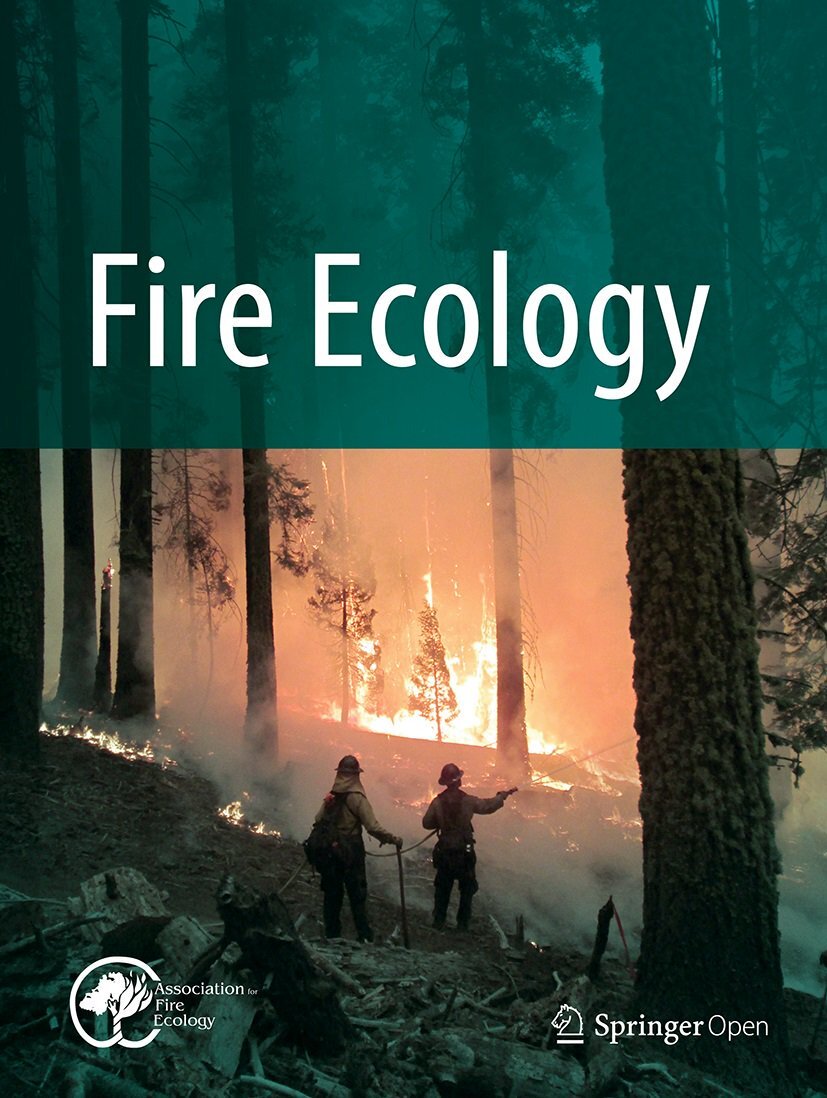January 14th, 2025 from 1pm to 2pm CT
Anthropogenic activities in disturbance-mediated ecosystems might affect certain ecological processes that, in turn, can affect the stability and resilience of those ecosystems. In upland pine forests, land-use practices such as intensive silviculture and fire suppression have contributed to the loss of diversity-rich pine savannahs throughout the southeast. Whereas the application of management strategies has been shown to alter forest structure in pine ecosystems, less is known about how these efforts structure predator communities, or influence pathways of energy flow and the consumer–resource relationships therein. Here, we investigated the effects of frequency of forest management on 1) snake community structure utilizing taxonomic and functional approaches, and on 2) the trophic structure and resource use of these snake communities in two pine forests under different management regimes. Specifically, we investigated the responses of snake assemblages in the context of restoration efforts, comparing and contrasting these responses between high practice frequency (i.e., short burn intervals and thinning) and low practice frequency sites (i.e., long burn intervals and no thinning). We sampled snakes, prey, and dominant basal resources across each site for three summers from 2018 to 2020. From this sampling effort we compared taxonomic diversity and community-wide metrics of functional diversity from snake traits. Using stable isotope analysis, we compared community-wide metrics of trophic structure and generated isotopic mixing models to determine the relative contribution of resources to snake consumers. Taxonomic diversity was greater at the high-frequency site than in the low-frequency site, while functional diversity was similar between treatments. Functional redundancy was observed to increase with increasing forest management practice frequency, despite differences in taxonomic diversity and community-weighted means of traits between predator assemblages in each treatment. We also found that that species in the high-frequency site exhibited increased trophic redundancy. The low-frequency site supported fewer snake species that relied on a wider range of resources and occupied a wider range of relative trophic positions. Mixing models of consumer–resource relationships, and prey relative abundance, indicated that snakes were more generalized in their resource use in the high-frequency site, and utilized a broader diversity of prey more evenly. In contrast, snakes in the low-frequency site were more specialized in their prey use. We suggest that anthropogenic activities mimicking natural disturbances can drive food-web structure in these forest ecosystems. Increased frequency of forest management practices such as prescribed fires and thinning operations might support snake species diversity while also increasing redundancy (e.g., functional redundancy and trophic redundancy). Consequently, such management applications can lead to greater stability and resilience in pine-forest ecosystems. Our research further highlights the importance of ecological restoration that incorporates functional perspectives to ensure the health of pine ecosystems.
This presentation will include research associated with the publication listed and linked below.
Adams, Connor S., et al. “The Influence of Management Practice on the Snakes in Forest Food Webs.” Herpetological Monographs 38.1 (2024): 53-73. https://doi.org/10.1655/HERPMONOGRAPHS-D-23-00001.1



